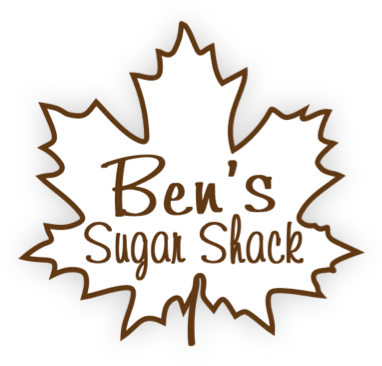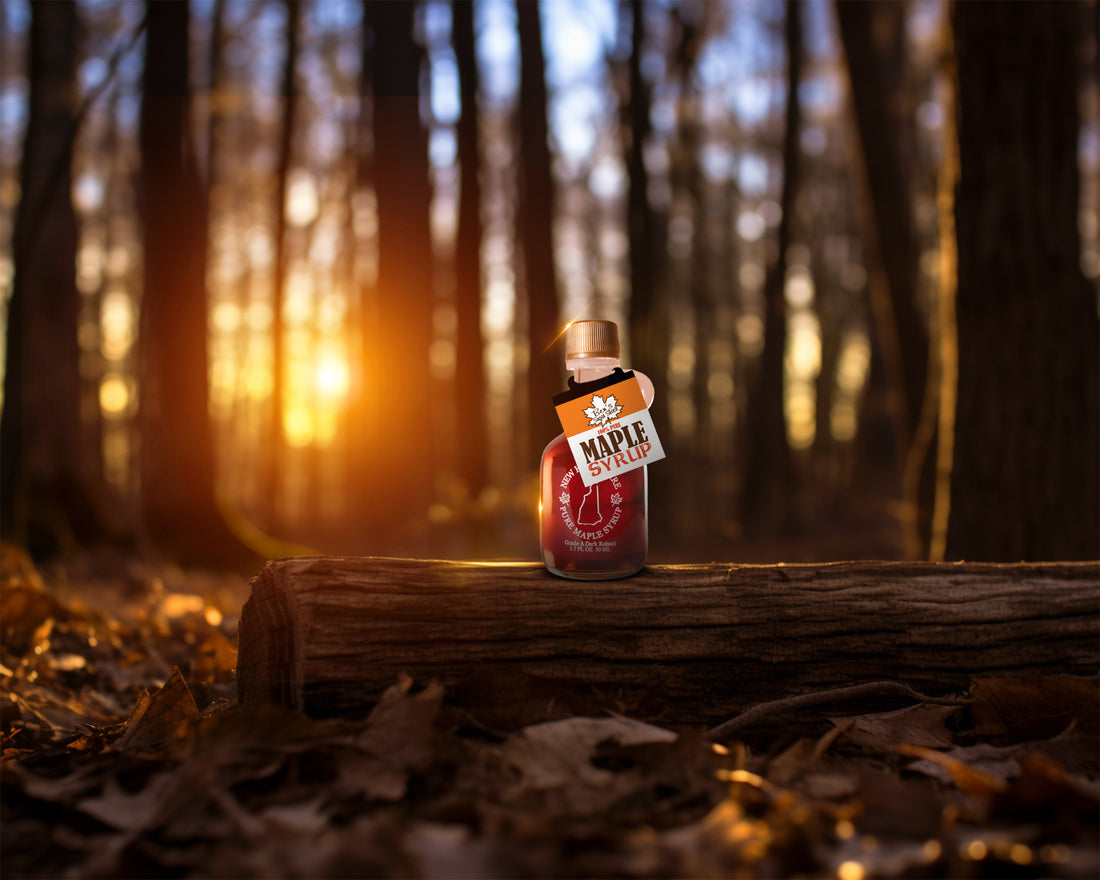Maple syrup is a natural sweetener made from the sap of maple trees. The process of producing maple syrup involves several steps, including tapping the trees, collecting the sap, and then boiling it down to concentrate the sugars. Here's an overview of how maple syrup is produced:
1. Tapping the Trees:
In late winter or early spring, when the temperatures start to fluctuate between freezing nights and warmer days, the sap begins to flow within the sugar maple trees. Maple syrup producers drill small holes, called taps, into the trees' trunks. These taps allow the sap to be collected from the tree's sapwood, which is the layer just beneath the bark.
2. Collecting the Sap:
Once the taps are in place, sap starts to flow through them. It's a clear, slightly sweet liquid that contains water and a small amount of natural sugars. Traditionally, sap was collected in buckets hung on the taps. Nowadays, many producers use a network of tubing that directs the sap to a central collection point. This minimizes the risk of contamination and speeds up the collection process.
3. Boiling the Sap:
The collected sap has a relatively low sugar content, typically around 2-3%. To turn it into maple syrup, the sap needs to be boiled down to evaporate the excess water and concentrate the sugars. This is usually done in large evaporator pans over a wood-fired or modern oil or gas-fueled evaporator. As the sap boils, the water content evaporates, and the sugar content increases.
4. Evaporation and Sugar Concentration:
As the sap is heated and boils, it goes through various stages of concentration, producing different grades of maple syrup. The sugar content in the sap needs to reach around 66-67% for it to be considered maple syrup.
5. Finishing and Filtering:
When the syrup reaches the desired sugar concentration, it's taken off the heat and carefully monitored for the correct consistency. Some producers use hydrometers to measure the density, ensuring it meets the official standards for maple syrup. After reaching the desired consistency, the syrup is filtered to remove any impurities, such as minerals or sediment.
6. Bottling and Packaging:
Once the maple syrup is filtered and its quality is ensured, it's ready for bottling. It's typically bottled while still hot, which helps with sealing and preservation. The syrup is usually packaged in various sizes of glass or plastic containers, ready to be enjoyed.
The entire process of producing maple syrup is labor-intensive and time-consuming, as it takes a significant amount of sap to produce even a small quantity of syrup. However, the result is a delicious, natural sweetener with a unique and complex flavor that's cherished by people around the world.

